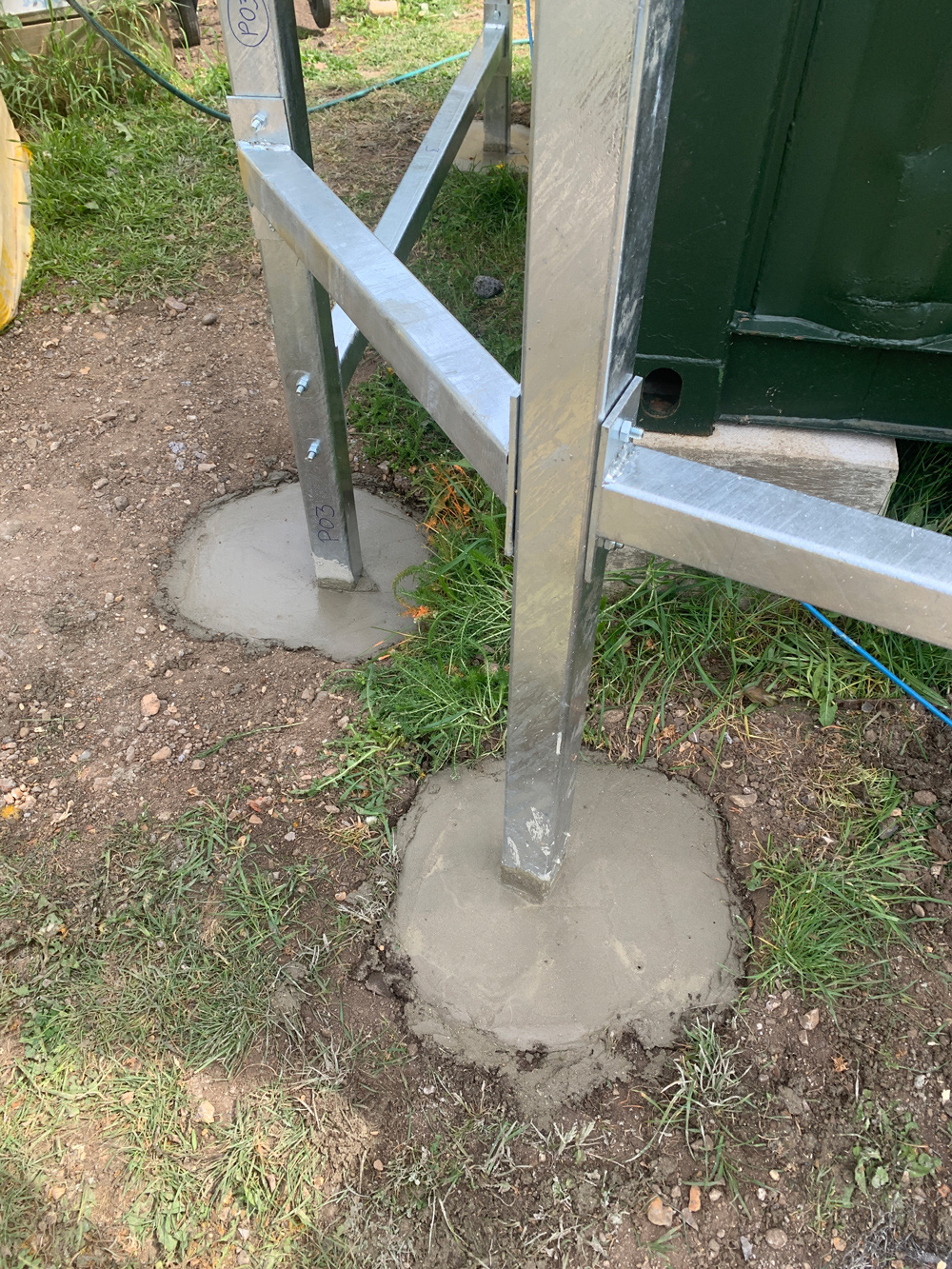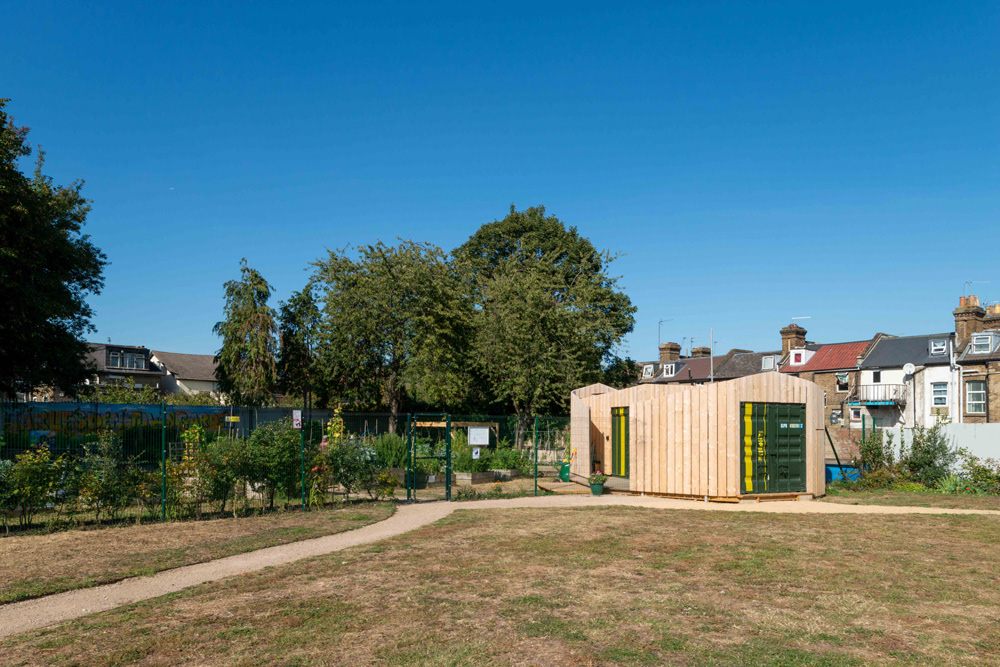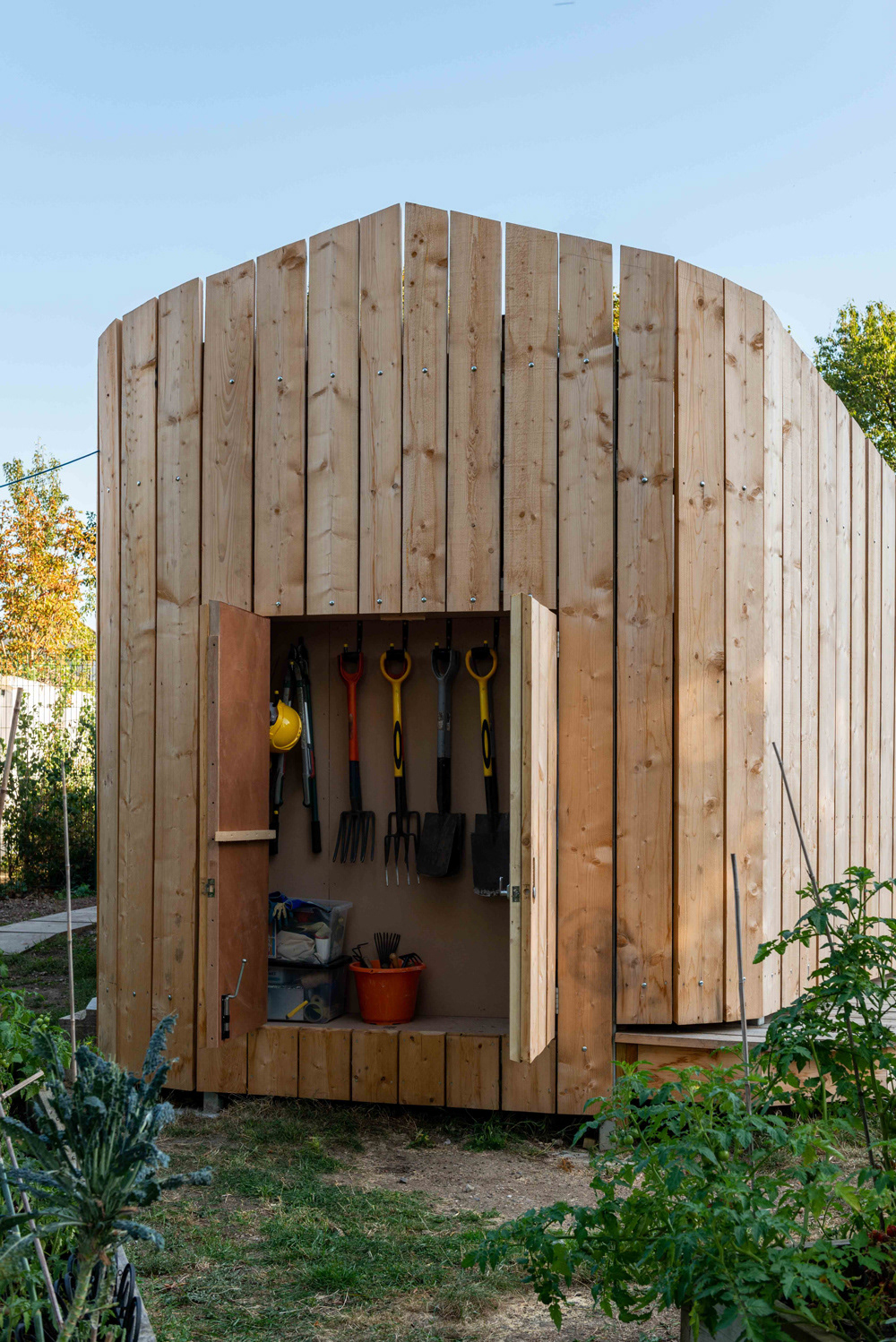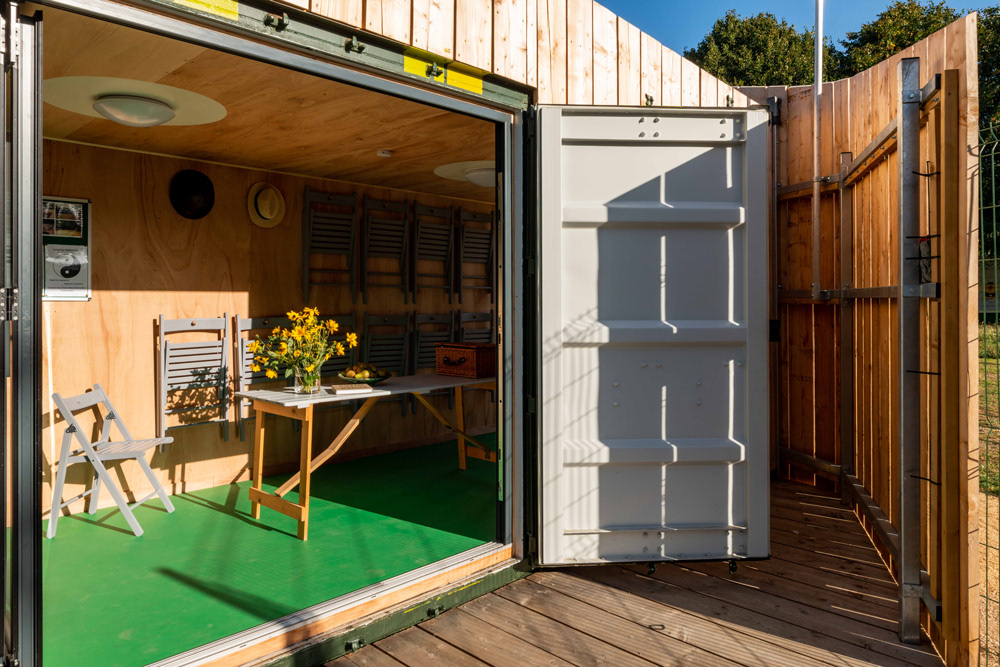







Harlesden Town Garden Hub, London
Bartlett School of Architecture & StorpWeberArchitects
Bartlett School of Architecture & StorpWeberArchitects
The Harlesden Town Garden Hub is a new community space at the heart of Harlesden, one of the most deprived areas within London. The Harlesden Town Garden (HTG) has been established over five years on a dilapidated site previously responsible for more that 50% of all anti-social behaviour and crime in the area.
Since being initiated by a local gardening group and through a collaborative partnership between the local Crisis office, StorpWeberArchitects and PG Unit 13 at The Bartlett School of Architecture, HTG has steadily grown into a strong community asset bringing together local people with an interest in gardening and finding benefit in the caring about their environment and community.
Friends of the Harlesden Town Garden initiated the project bringing together local partners and securing the initial CIL funding from Brent Council. StorpWeberArchitects, a local architecture practice, has been involved in helping the community over the past years, working with children in the local primary schools and offering workshops at UCL. The Hub was designed through community design workshops, public presentations and consultations.
Since the opening, use of the park has increased more than 25%. (additional 1,100 new visitors p.a.) The local volunteer base throughout the project has reached 180 members with 50 volunteers directly engaged in its delivery. Through the increased presence of the community in the spaces, the crime rate has drastically dropped.
The main steel structure surrounding the shipping container was sponsored by Brundle Steel. The main steel work was done as part of an educational partnership with the BMade workshop at the Bartlett School of Architecture. The whole work was based on the idea to have all work prefabricated and delivered to the site in the park. All items were easy to handle and completed by volunteers.
The galvanized structure was installed using volunteers during three community workshop weekends on site. The galvanized steel structure was covered with scaffolding boards to surround the container – this created a series of indoor and outdoor spaces while the undulating roofline of the wooden structure echoes the surrounding terraced houses.
Led by students - simple workshops on how to plant, how to make home green houses and workshops with local school children helped the project to gain acceptance within the local community and aided in trust-building. Limited local funding meant most of the work had to be carried out by volunteers with the support of staff and students from the Bartlett School of Architecture.
Sabine Storp and Patrick Weber right from the start involved current students and recent graduates from PG 13 in the project. PG13 over the last three years is running a project called the Bartlett Living Laboratory. Here they encouraged their students to develop their own research agendas based on issues in London with innovating projects to tackle the housing crisis, working with deprived communities and initiating their own crowd funded projects.
The innovative construction, the involvement with suppliers and active sponsors has been a rewarding exercise for students. The understanding of local deprivation on their doorstep was shocking to many within this cohort, which opened-up critical conversations about methods of engagement and equal power relationships. In addition to this, they encouraged their students to unlock in local funding streams and get involved in funding application to local councils. This is a clear skill development that is beneficial not only to their students but the communities they work in as well.
The innovative construction, the involvement with suppliers and active sponsors has been a rewarding exercise for students. The understanding of local deprivation on their doorstep was shocking to many within this cohort, which opened-up critical conversations about methods of engagement and equal power relationships. In addition to this, they encouraged their students to unlock in local funding streams and get involved in funding application to local councils. This is a clear skill development that is beneficial not only to their students but the communities they work in as well.
The project has successfully brought together members of the public with enablers from UCL (both academic and from the student’s base). National and international sponsors for materials and services have positively engaged with the project and the community it is embedded in.
The HTG Hub has so far had a transformative impact on the place. It managed successfully to connect the community with the academic environment of the Bartlett. It transformed the understanding of community and the importance of public engagement for their students. Working and receiving feedback from a community group over a longer period and supporting the project form beginning to end is very special. Starting with first workshops and consultation meetings up to the construction detail and fabrication within the Bartlett workshops, has been an incredible journey. He project will leave a positive impact in the community.
Photographs © French + Tye.
Photographs © French + Tye.
